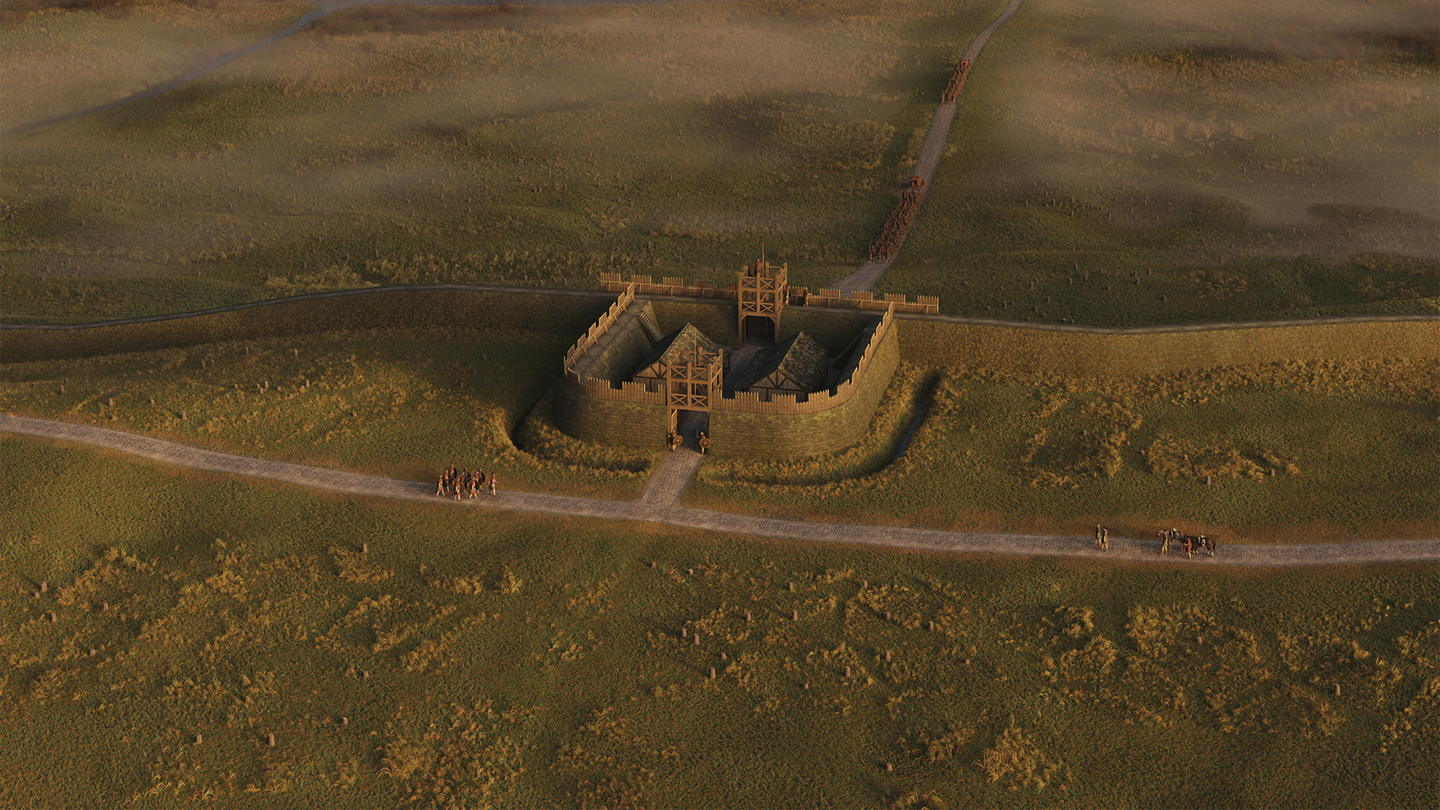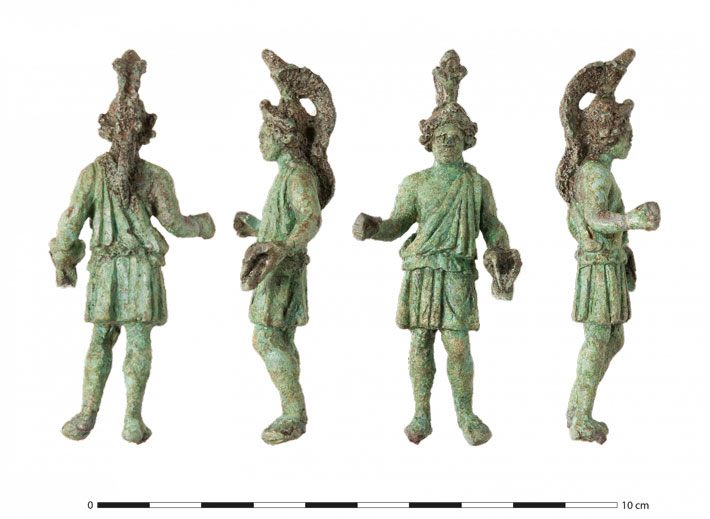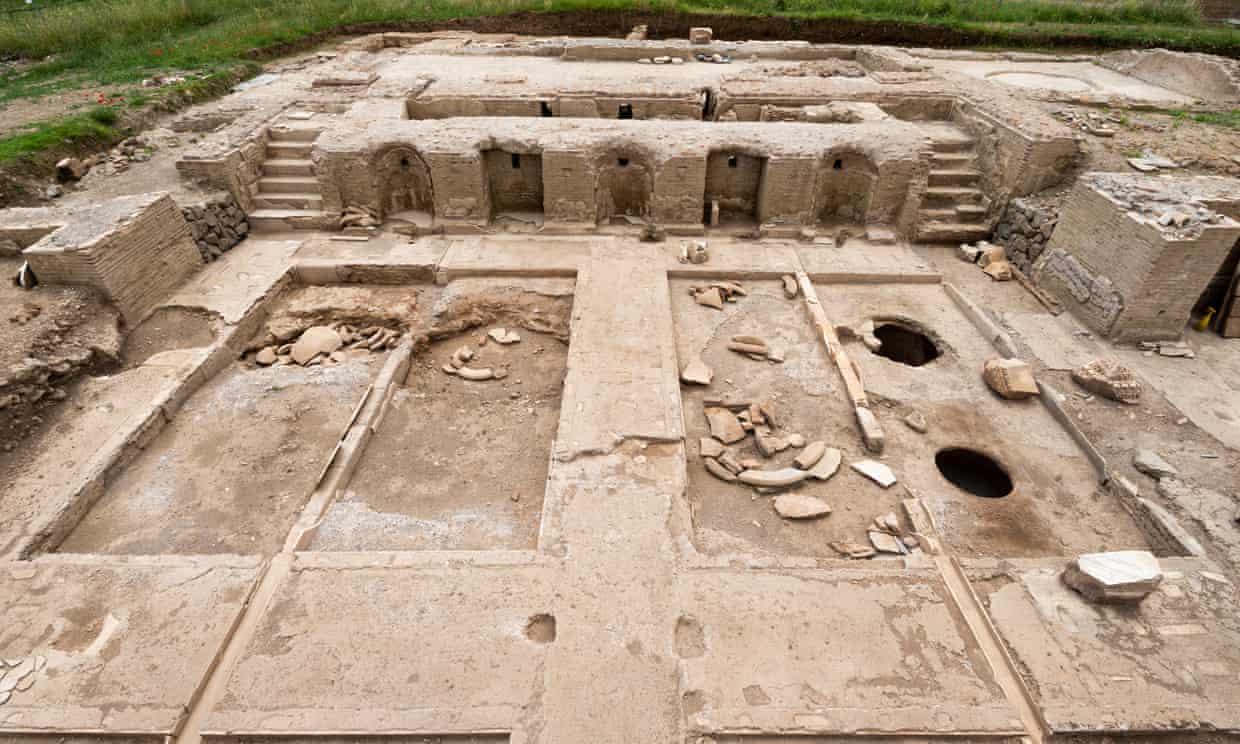.jpeg)
Experts said they were surprised by their findings. Gemeente Zemst
What started as a pre-construction archaeological project in Belgium has evolved into a sprawling excavation uncovering a trove of Roman-era artifacts and ruins, government officials say. Ahead of refurbishing Sportpark Hubert Van Innis, archaeologists launched an investigation into the area given its location in Elewijt — which was under Roman rule thousands of years ago. Experts expected to find remains, but the extent of their discoveries was surprising, according to an April 25 news release from the Zemst government. First, as expected, archaeologists unearthed a building and well dating to the Middle Ages, according to officials. They also discovered several burial mounds.
Read the rest of this article...







